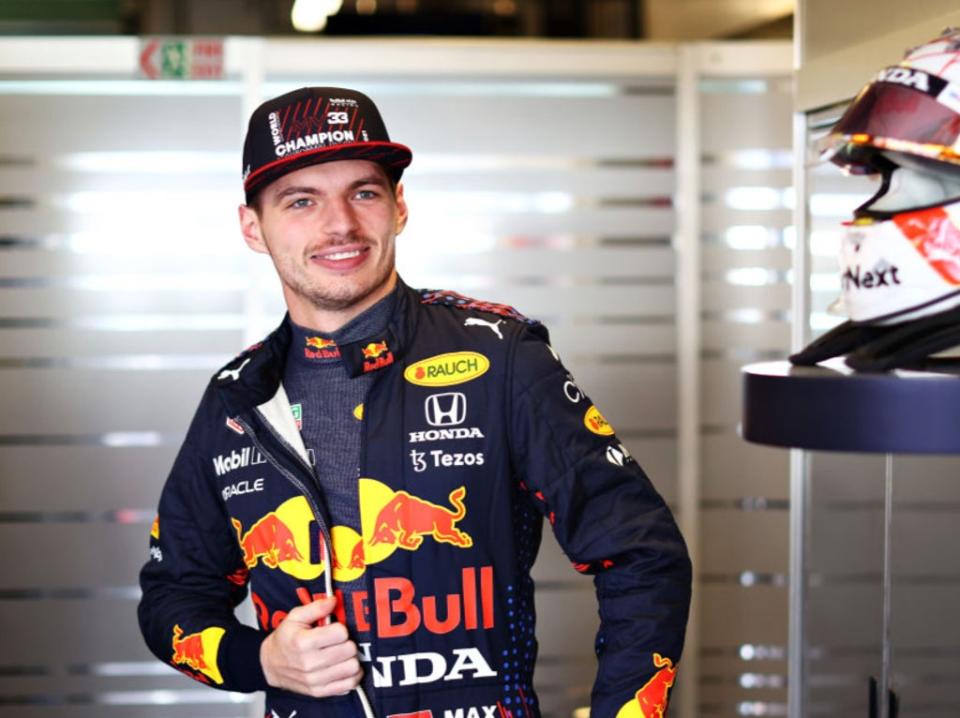When does 2022 F1 season start and what are the new rule changes?

- Oops!Something went wrong.Please try again later.
- Oops!Something went wrong.Please try again later.
- Oops!Something went wrong.Please try again later.
The Formula 1 season may have only ended last month but fans are already clamouring for more action after the dramatic end which saw Max Verstappen take the crown.
Lewis Hamilton headed into the final race on the same points as Verstappen and so the title was going to be handed to whoever finished higher. British driver Hamilton looked certain to take a record eighth world championship as he led the majority of the race in Abu Dhabi.
However, a safety car was sent out after Nicholas Latifi crashed with less then 10 laps to go. Verstappen pitted with Hamilton remaining on the track and race director Michael Masi had to make the crucial decision of whether to restart the race. He did and he also allowed some cars to unlap themselves which meant Verstappen was on Hamilton’s tail.
The Dutchman managed to overtake and then stave off his rival to claim his first world title. This has sparked controversy with the rules around unlapping coming into question.
There will be some rule changes for next season but when will it start? Here’s all you need to know.

When does it start?
The 2022 Formula 1 season begins on 20 March at the Bahrain Grand Prix.
What are the new races?
There will be the first ever Miami Grand Prix which is set to be held in May at the Hard Rock Stadium. The 2022 season will also see the reintroduction of the Australian, Canadian, Singapore and Japanese GPs after they were cancelled due to the pandemic.
What are the new law changes?
There will be changes to the windtunnel and CFD testing structure which will mean the amount of testing will be cut depending on the teams finishing place in 2021.
Figures supplied mean each team will have within one of the six aerodynamic testing periods: 320 windtunnel runs, 80 hours of wind-on time with teams allowed to spend a total of 400 hours within the windtunnel.
Percentage values apply depending on where each team finishes. A first place finish in the constructors’ standings rewards a team a multiplier of 70%, meaning a team’s time in the windtunnel is handicapped, But finishing 10th comes with a 115% multiplier and so they will have more time. CFD terms will work in the same way.
The cost cap is expected to drop to $140m from the $145m allowed in the 2021 season.
There will also be an increase in the sprint races with six in the 2022 season, up from three in the 2021 term.
Which drivers will be involved?
Mercedes: Lewis Hamilton and George Russell
Red Bull: Max Verstappen and Sergio Perez
Ferrai: Charles Leclerc and Carlos Sainz
McLaren: Lando Norris and Daniel Ricciardo
Alpine: Fernando Alonso and Esteban Ocon
Alpha Tauri: Pierre Gasly and Yuki Tsunoda
Williams: Nicholas Latifi and Alex Albon
Aston Martin: Sebastian Vettel and Lance Stroll
Alfa Romeo: Valtteri Bottas and Guanyu Zhou
Haas: Mick Schumacher and Nikita Mazepin

